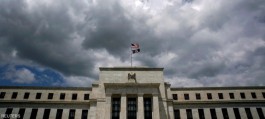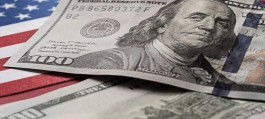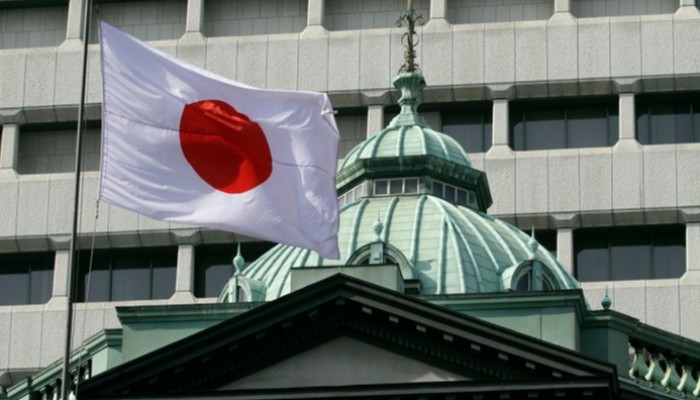Asian stocks rose after the Bank of Japan's deputy governor said the bank would not raise interest rates if markets were unstable, reassuring investors who had been unnerved by the recent rise in the yen.
Japan’s main stock indexes rose after the yen fell more than 2% against the dollar. Bank of Japan Deputy Governor Shinichi Uchida pointed to recent volatility in Japanese markets, saying the BOJ’s interest rate path would change if there was an impact on monetary policy expectations. Shares in Taiwan and South Korea extended gains, with the regional index up 1.7%.
Traders are weighing whether the latest global selloff is simply an overreaction to weak U.S. economic data, with Goldman Sachs Group Inc. data showing hedge funds took advantage of Monday’s selloff to buy stocks. In Asia, the question is whether the worst of the yen selloff and leveraged positions in Japanese stocks is over.
Yen trends
“The key for Japanese equities, and as we have seen, global equities, is the strength of the yen, which itself is an indicator of the US economic outlook,” said Kyle Rodda, senior market analyst at Capital.com. “At the moment, USD/JPY is hovering around the 145-yen level. If the currency remains relatively unchanged or even strengthens, it will support the Nikkei’s recovery and return to normalcy.”
The S&P 500 and Nasdaq 100 rose on Tuesday, following a Japan-led rally in Asia, with both up 1% after the global meltdown. Wall Street’s VIX fear index saw its biggest drop since 2010. Traders also tempered expectations for a rate cut by the Federal Reserve this year, with swaps traders expecting around 105 basis points of rate cuts, compared with as much as 150 basis points on Monday.
Arindam Sandelia, co-head of global FX strategy, told Bloomberg TV that 50% to 60% of speculative investors were liquidating yen trades. Investors who use the cheap currency to fund investments in higher-yielding assets have been caught in a bind as the yen has surged 11% over the past month.
The Nikkei and Topix indexes slid into negative territory on Monday after falling 20% from their peaks in July. Implied volatility for the Nikkei hit its highest since 2008 at the start of the week.
The yield on the 10-year Treasury note rose slightly after jumping 10 basis points to 3.89% on Tuesday.
Elsewhere, the New Zealand dollar rose after the unemployment rate rose less than expected. Oil prices fell after an industry report pointed to a build in US inventories after five weeks of declines.
“We can describe the recent market pullback as a typical correction, after months of low volatility so far in 2024,” said Carol Schleif of BMO Family Office. “The lack of volatility prior to the past few weeks is unusual, and our current correction is entirely normal, especially during August, which is historically a volatile time for markets due to low volumes and the summer lull.”
A semblance of calm returned to markets yesterday, after a slide driven by weak economic data, disappointing tech earnings and weak seasonal trends. The market’s built-up anxiety over the past few days has pushed the S&P 500 to the brink of a correction, down about 8.5% from its highs.









































